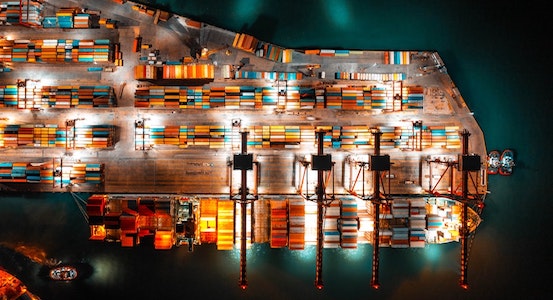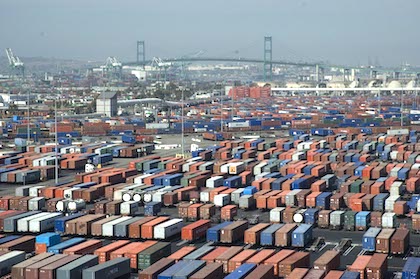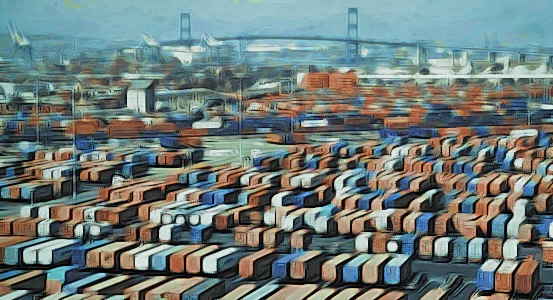
Rolling Through Trucking Numbers
December 10, 2021
Hope for Ports of Entry
December 23, 2021Striving for Balance

Traffic Jam
The nation’s delivery of goods remains bottlenecked. Part of this problem is due to a truck driver shortage. And then you pull back to look at the other contributing issues, and it’s a pretzel-twisted mess.
We’re still averaging 96 ships waiting in waters for a dock at the Ports of Los Angeles and Long Beach. They can’t unload because there are too many containers at the dock. Because there aren’t enough trucks. Because there aren’t enough truck drivers. Because commercial driving schools can’t keep pace. Because of the pandemic.
Pull back a bit more, and we see that our long-term supply-and-demand situation is very imbalanced. When the pandemic hit, we stopped buying, say, automobiles. Which meant the demand for computer chips, now standard in new vehicles, dried up. So chip makers in Asia curtailed their production flow.
When demand for vehicles rose again, auto manufacturers had to scale back their own production lines, everyone waiting for chip manufacturers’ supply to meet demand. And as we know from the Before Times: it’s really difficult to maintain a balance. Exhibit A is our current cream cheese crisis.
So, the driver situation is not the only factor in this mess. As our friends at FleetOwner wrote recently:
“The public is paying more attention to the supply chain, largely because of the highly publicized backups at U.S. ports and delays in some goods getting to their front doors. And the attention has spread to issues that are causing the freight transportation network to clog. The driver shortage is one, but among the others are staff shortages at freight terminals and warehouses caused in part by the pandemic, the backups at the ports, a lack of chassis for drayage transport, and longer dwell times at terminals all over the country, not just at the ports.”
As our VP Cori Eckley says, they call it a supply chain for a reason.

